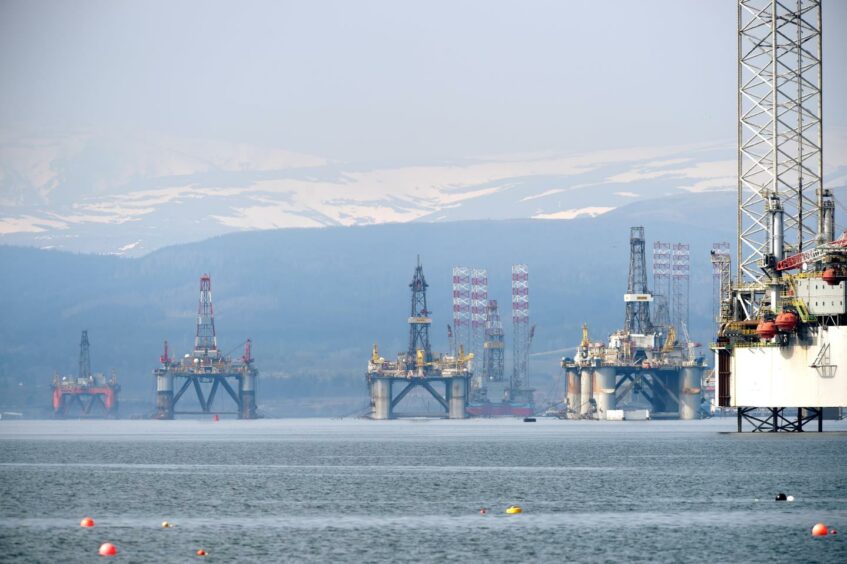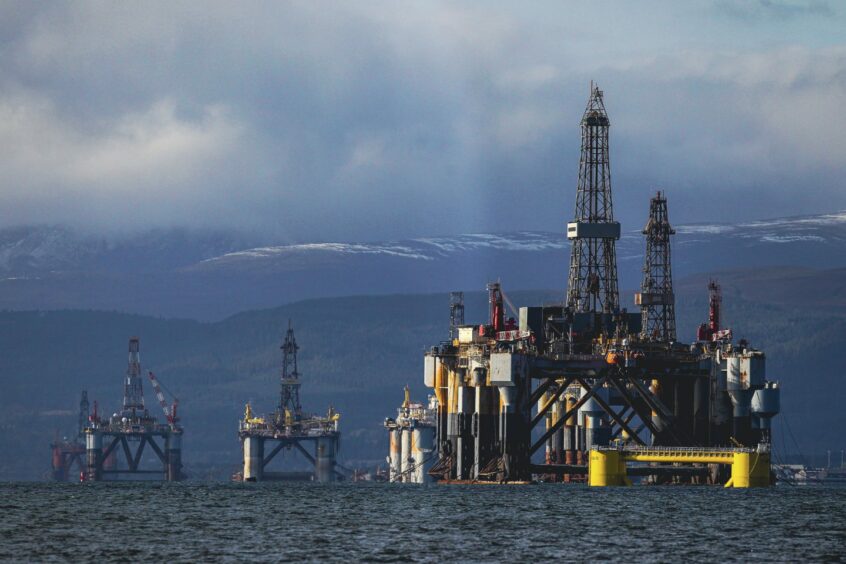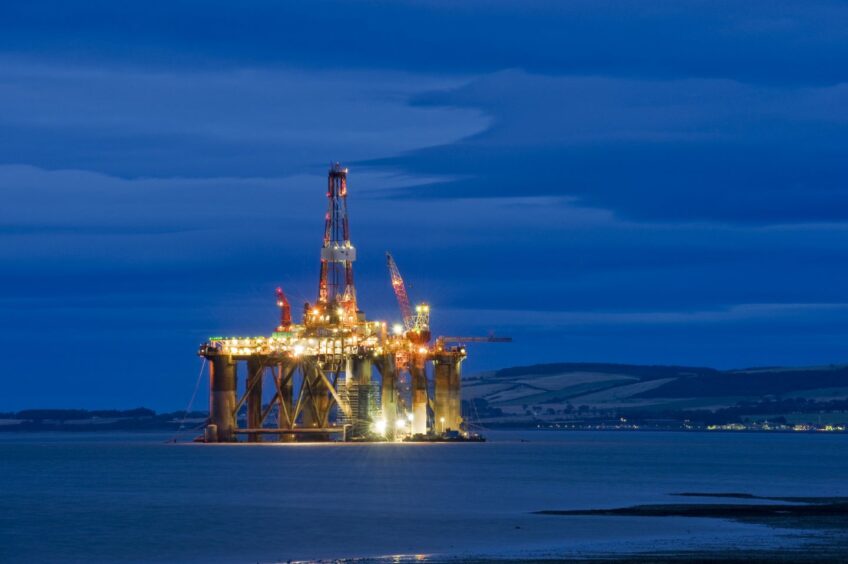
A supercycle in oil rig day rates could be around the corner as confidence floods back to the North Sea.
Finlay Johnston, founder and managing director of 4C Global Consultancy, says the “recovery is underway” for drilling contractors as the need for new oilfields becomes more apparent.
An imbalance is already emerging, and according to some analysts, there are currently “four times as many rig enquiries” as there are free rigs in the UK.
Rig day rates “will increase” as the North Sea continues its resurgence, but how much and at what speed depends largely on the “fear of missing out”.
“That will be triggered when customers buy up a lot of rig time and other potential customers realise that, unless they charter a rig as soon as possible, then they will end up with nothing. No rig and no ability to develop their oilfield,” he said.
“Offshore drilling rigs are a commodity like any other. When demand is high, then rig charter price is high and vice versa.
“Since mobile drilling rigs first started operating on the UKCS at the end of the 1960s, the oil price has moved up and down through various cycles. In turn that has driven rig demand and rig pricing.”
A new lease of life
The oil and gas industry is back in favour once more after a period spent as the whipping boy, particularly around the UK’s hosting of the COP26 conference.
A focus on energy security, combined with inflationary concerns, means new fields are back on the cards.
Moreover, energy transition activities and a strong rebound in the price of oil and gas means the North Sea is buoyant once more, driving higher rig demand.
After a torrid few years, the drilling sector, which felt the bite of the 2014 downturn particularly acutely, has shrunk dramatically in size.
Older units have been scrapped, there has been industry wide debt restructuring and consolidation of companies, most recently Noble’s merger with Maersk.
Mr Johnston, who has spent years working in business development in the oil and gas industry, said: “What remains in 2022 is a small number of working rigs and an even smaller number of stacked rigs.
Rig enquiries outstripping availability
“If demand recovers slowly then day rates will inch forward until there is limited fleet availability, at which point rates will spike.
“If demand surges, then day rates will rise sharply and quickly – the rigs owners are fully aware and hopeful of this.
“According to industry analysts, there are currently four times as many rig enquiries as there are available rigs in the UK, so if all the enquiries turn into reality, then we will see a supercycle in the UK semi-submersible space.”
As a result of a bounce back in day rates, Aberdeen will be “energised” once again, Mr Johnston said.
But it will not be to the level of pre-2014 because there are fewer rigs left, he added.
Winners and losers
If a supercycle does hit, as it seems likely it will, there will inevitably be winners and losers.
“Rig owners will win and employees will win too, as due to the chronic shortage of experienced drill crews, wage inflation will also spike,” said Jon Oliver Bryce, former chief executive of North sea contractor Awilco Drilling.
“Specialist industry suppliers, such as drilling tool providers and well management companies, will also see a spike in their demand – cost inflation will occur here also.”
Bad news for decom
So what of the losers?
As the costs involved with hiring a rig increase, companies looking to spud fresh wells may well take a hit.
There could be more pain for the decommissioning sector too, another area that’s been hit hard in recent years, as the cost of plugging and abandoning (P&A) wells becomes prohibitive.
Mr Bryce, who has worked in the drilling industry for more than 30 years, said: “The losers will be oil companies who wanted to “drill for oil” but waited too long, and ended up either with rigs that were so expensive they test the limits of the field economics, or no rig at all.
“Other losers will include oil companies who planned to undertake well decommissioning campaigns.
“Most oil companies have wells that are no longer economic and require P&A. But as there is no governmental regulation in place to force this activity, so oil companies tend to kick the can down the road until rig rates are low before proceeding.
“In a high rig market, firms all switch their attention to adding value, either through intervention work scopes or drilling for oil, soaking up all rig availability.
“If they can still secure a rig, the high day rate would most likely make the cost of P&A prohibitive. In today’s climate, does the government really want to pick up the tab for a percentage of P&A and can they afford it?”

 © Ewan Bootman/NurPhoto/Shuttersto
© Ewan Bootman/NurPhoto/Shuttersto © Supplied by Prospect13
© Supplied by Prospect13 © FLPA/Shutterstock
© FLPA/Shutterstock